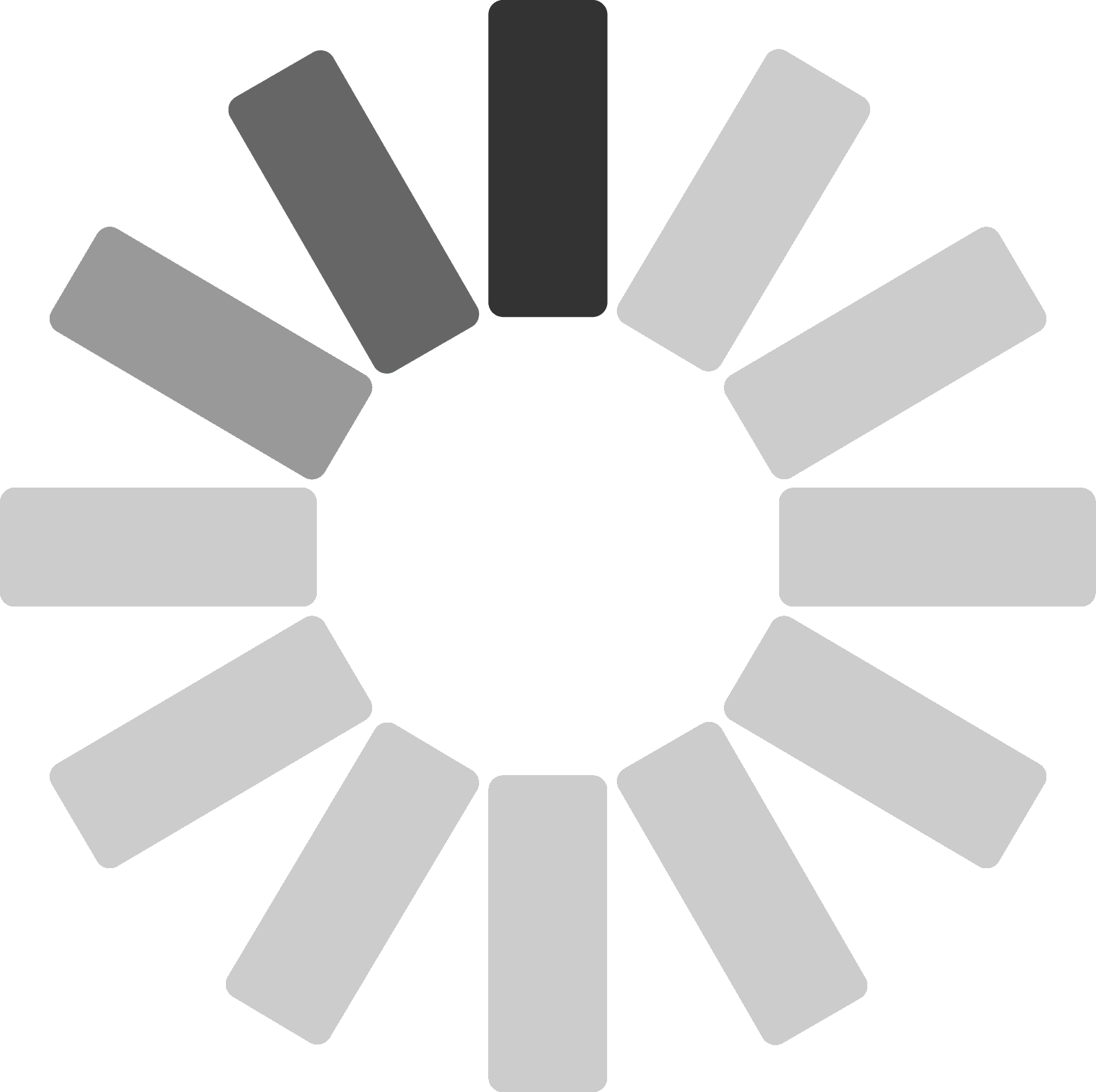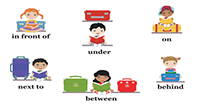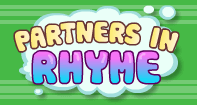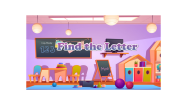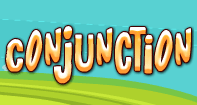×
Change Avatar
Conjunctions
console:
Conjunctions
What are Conjunctions?
It’s hard to get very far in a paragraph without running across a conjunction, so what are they and when do you use them?


What is a Conjunction?
Conjunctions are parts of speech that join thoughts and ideas together within a sentence. They enable flow through sentences, and keep speech from being choppy by linking words, phrases, and clauses.
For example, to join two sentences together, you can use the conjunction and.
My dog loves peanut butter treats and she always barks until I give her one.
 There are over 100 important conjunctions in the English language!
There are over 100 important conjunctions in the English language!
For example, to join two sentences together, you can use the conjunction and.
My dog loves peanut butter treats and she always barks until I give her one.
 There are over 100 important conjunctions in the English language!
There are over 100 important conjunctions in the English language!
What are the Types of Conjunctions? There are three types of conjunctions that help to link sentences together:
Coordinating Conjunctions
Coordinating conjunctions are the easiest to remember by using the acronym FANBOYS. See the chart below for these examples.
They join clauses, phrases, and words together of somewhat equal standing. The key to FANBOYS is that you must use a comma before each when they link two independent clauses.
For example - Kittens often scratch furniture, so it’s best to keep a close eye on them.
Subordinating Conjunctions
Subordinating conjunctions are used to join dependent and independent clauses to show cause and effect or other relationships.
The subordinating conjunction must stay with the dependent clause in the sentence, and uses a comma when it starts the sentence.
For example, After we went to the zoo, my sister became obsessed with animals.
Correlative Conjunctions
Correlative conjunctions are always used in pairs to relate one part of a sentence to another. They have both a coordinating conjunction with an adjective or adverb.
For example, Not only do I love to eat, but also I love to cook.
Types of Conjunctions The number gurus love prime numbers because they are building blocks for all whole numbers. What is fascinating is that the entire number line can be formed by using only prime numbers, but not vice versa. For example, see how we get to ten…
Coordinating Conjunctions Subordinating Conjunctions Correlative Conjunctions For after, although, as, as far as, as…as And as if, as long as, as soon as, as much…as Nor as though, because, before, both…and But even if, when, where, wherever, either…or Or even though, every time, if, just as…so Yet in order that, since, so, so that, neither…nor So than, though, unless, until, not only…but also whenever, whereas, while rather…than
Using only 2, 3, and 5, we are able to count from 1 to 10. This gets number theorists excited! They are very important for factorization, important in a number of other fiends of study.
What are some tips for using conjunctions?
-
1
Never use more than one conjunction to join two clauses.
-
2
Relative pronouns can be used like a conjunction to join clauses.
-
3
Never separate dependent clauses from independent clauses.
There are three types of conjunctions that help to link sentences together:
Coordinating Conjunctions
Coordinating conjunctions are the easiest to remember by using the acronym FANBOYS. See the chart below for these examples.
They join clauses, phrases, and words together of somewhat equal standing. The key to FANBOYS is that you must use a comma before each when they link two independent clauses.
For example - Kittens often scratch furniture, so it’s best to keep a close eye on them.
They join clauses, phrases, and words together of somewhat equal standing. The key to FANBOYS is that you must use a comma before each when they link two independent clauses.
For example - Kittens often scratch furniture, so it’s best to keep a close eye on them.
Subordinating Conjunctions
Subordinating conjunctions are used to join dependent and independent clauses to show cause and effect or other relationships.
The subordinating conjunction must stay with the dependent clause in the sentence, and uses a comma when it starts the sentence.
For example, After we went to the zoo, my sister became obsessed with animals.
The subordinating conjunction must stay with the dependent clause in the sentence, and uses a comma when it starts the sentence.
For example, After we went to the zoo, my sister became obsessed with animals.
Correlative Conjunctions
Correlative conjunctions are always used in pairs to relate one part of a sentence to another. They have both a coordinating conjunction with an adjective or adverb.
For example, Not only do I love to eat, but also I love to cook.
For example, Not only do I love to eat, but also I love to cook.
Types of Conjunctions The number gurus love prime numbers because they are building blocks for all whole numbers. What is fascinating is that the entire number line can be formed by using only prime numbers, but not vice versa. For example, see how we get to ten…
Coordinating Conjunctions Subordinating Conjunctions Correlative Conjunctions For after, although, as, as far as, as…as And as if, as long as, as soon as, as much…as Nor as though, because, before, both…and But even if, when, where, wherever, either…or Or even though, every time, if, just as…so Yet in order that, since, so, so that, neither…nor So than, though, unless, until, not only…but also whenever, whereas, while rather…than
Using only 2, 3, and 5, we are able to count from 1 to 10. This gets number theorists excited! They are very important for factorization, important in a number of other fiends of study.
What are some tips for using conjunctions?
-
1
Never use more than one conjunction to join two clauses.
-
2
Relative pronouns can be used like a conjunction to join clauses.
-
3
Never separate dependent clauses from independent clauses.
The number gurus love prime numbers because they are building blocks for all whole numbers. What is fascinating is that the entire number line can be formed by using only prime numbers, but not vice versa. For example, see how we get to ten…
Using only 2, 3, and 5, we are able to count from 1 to 10. This gets number theorists excited! They are very important for factorization, important in a number of other fiends of study.
| Coordinating Conjunctions | Subordinating Conjunctions | Correlative Conjunctions |
|---|---|---|
| For | after, although, as, as far as, | as…as |
| And | as if, as long as, as soon as, | as much…as |
| Nor | as though, because, before, | both…and |
| But | even if, when, where, wherever, | either…or |
| Or | even though, every time, if, | just as…so |
| Yet | in order that, since, so, so that, | neither…nor |
| So | than, though, unless, until, | not only…but also |
| whenever, whereas, while | rather…than |
What are some tips for using conjunctions?
-
1
Never use more than one conjunction to join two clauses.
-
2
Relative pronouns can be used like a conjunction to join clauses.
-
3
Never separate dependent clauses from independent clauses.
-
1
Never use more than one conjunction to join two clauses.
-
2
Relative pronouns can be used like a conjunction to join clauses.
-
3
Never separate dependent clauses from independent clauses.


